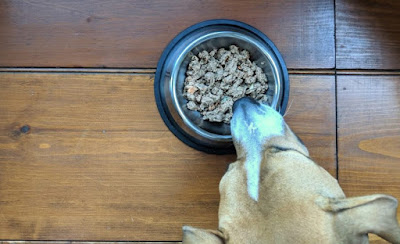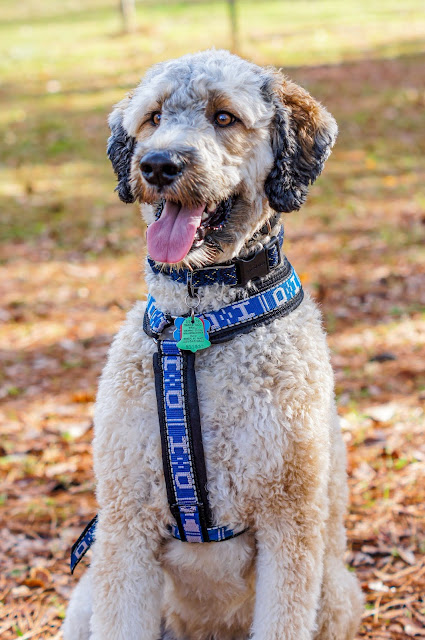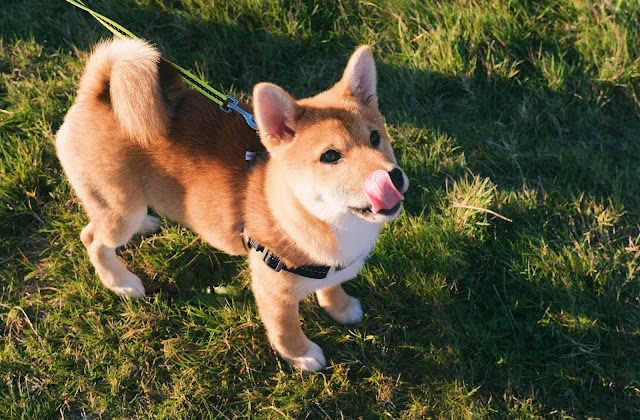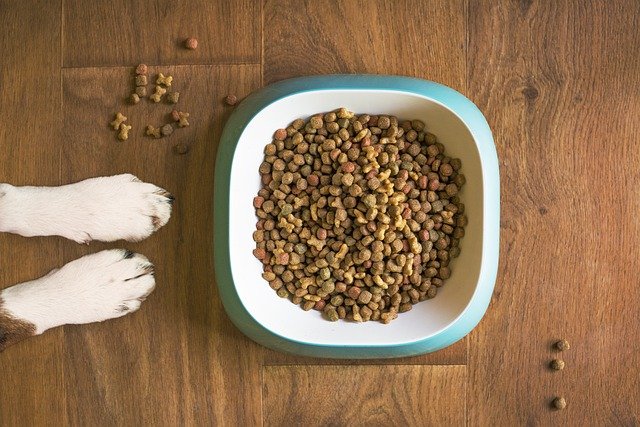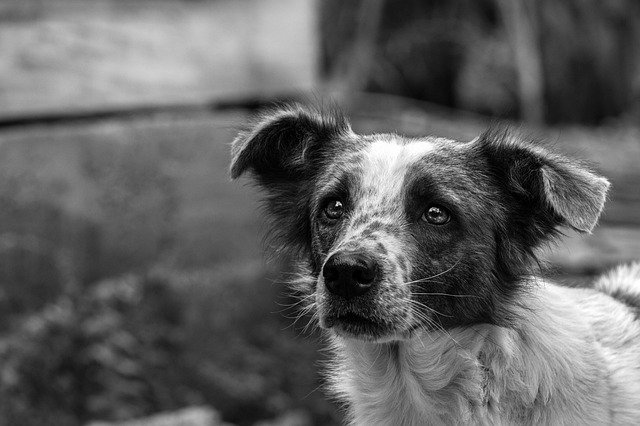 |
| Foods Not To Give To Your Dog |
While it's tempting to share your food together with your furry loved one, you ought to remember that a lot of human foods are poisonous for dogs. you ought to avoid ordering foods for your dog from the below menu.
-APPETIZERS:
Baby Food - many of us attempt to give baby foods especially to pups once they aren't feeling well. Baby foods aren't bad generally. However, you ought to confirm the baby food you're giving doesn't contain any onion powder. Also, baby foods don't contain all the required nutrients for a healthy dog.
Chewing Gum - Most chewing gum contains a sugar called Xylitol which has no effects on humans. However, it can cause a surge of insulin in dogs that drops a dog's blood glucose to a dangerous level. If your dog eats plenty of gums, it can damage the liver, kidneys, or worse.
Candy - Many of the candies also contain Xylitol, an equivalent sort of sugar as Chewing gum. So, keep candies and chewing gums far away from the reach of your dogs and puppies.
Chocolate - Chocolates are considered poisonous for dogs. Chocolates contain caffeine and theobromine which may be toxic for your dog. Chocolates can cause panting, vomiting, and diarrhea, and damage your dog's heart and nervous systems.
Corn on the cob - Dogs can eat Corn, but not the cob. Most dogs cannot digest the cob easily, which may cause ileus, a really serious and possibly fatal medical condition if not treated immediately.
Macadamia Nuts - Macadamia nuts also referred to as Australia Nuts can cause weakness, depression, vomiting, tremors, and hyperthermia in dogs.
Mushrooms - Mushrooms are tricky. While some sorts of Mushrooms are fine, others are often toxic to dogs. Some sorts of mushrooms can cause serious stomach issues for dogs. As a cautious dog owner, you ought to attempt to avoid giving mushrooms to your dog.
Tobacco - Never give tobacco to your dog. the consequences of nicotine on dogs are far worse than on humans. The toxic level of nicotine in dogs is 5 milligrams of nicotine per pound of weight. In dogs, 10 mg/kg is potentially lethal.
Cooking dough - Raw dough made with live yeast is often hazardous if ingested by dogs. When raw dough is swallowed, the warm, moist environment of the stomach provides a perfect environment for the yeast to multiply, leading to an expanding mass of dough within the stomach. Expansion of the stomach could also be severe enough to decrease blood flow to the stomach wall, leading to the death of tissue.
Rotten food -Spoiled food have mold and other bacteria which may cause serious damage to your dog's health.
 |
| Foods Not To Give To Your Dog |
-MAIN ENTRIES:
Cooked Bones - While raw bones are beneficial for your dog's teeth, cooked bones are often dangerous for your pup. Cooked bones are more brittle, which suggests it's highly likely they could splinter and cause internal injury to your dog.
Cat Food - a touch cat chow eaten by your dog might not be a problem. However, you feed cat chow regularly to your dog, it can cause some health issues. Cat foods usually have higher levels of protein and fat which aren't healthy for dogs.
Fat Trimmings - Meat fat trimmings, cooked, or raw can cause pancreatitis in dogs.
Liver - Feeding liver occasionally could be OK, but don't feed an excessive amount of liver to your dog. Excessive consumption of the liver can adversely affect your dog's muscles and bones.
Yeast - As mentioned earlier, an excessive amount of yeast could rupture your dog's stomach and intestines.
Dairy Products - Some dogs would be fine with dairy products. However, dogs generally have relatively poor levels of tolerance to lactose which is found in milk. As a result, it can cause diarrhea and other digestive issues.
-DRINKS:
Alcohol - you ought to not even let your dog taste any quiet alcohol, including consuming it in great quantity. most ingredients utilized in beer, wine, and other alcoholic beverages are toxic and dangerous for dogs. Alcohol can cause poor breathing, abnormal acidity, intoxication, lack of coordination, and even coma and/or death for a dog.
Coffee - an excessive amount of can be poisonous for your dog. Common signs of a coffee overdose include vomiting, tremors, restlessness, and rapid pulse. In severe cases, seizures can appear. Dogs can collapse if high amounts of caffeine are consumed.
Milk - Many dogs especially puppy drink milk. Most dogs might not experience any issues with milk, but some dogs could also be intolerant to lactose found in milk. Dogs allergic to lactose may experience upset tummy and other allergies after drinking milk.
Citrus Oil Extracts - Oil extracts from citrus fruits like oranges, lemons, and limes can cause irritation in your dog's gastrointestinal system especially if consumed in large quantities. Dogs may experience diarrhea, vomiting, drooling, and trembling.
-FRUITS AND SALADS:
Apple Seeds - Apple seeds contain amygdalin, a sort of cyanide. It can hinder blood from carrying oxygen throughout the body. Keep your pup faraway from apple seeds.
Avocado - Avocado fruit, its pit, and plant are toxic for dogs. Avocado damages the heart, lungs,s and other tissue in dogs additionally to indigestion, vomiting, and pancreatitis.
Grapes & Raisins - Dogs usually get allergies after eating grapes and raising. Dogs may experience vomiting, fatigue, diarrhea, and possibly renal failure.
Onions - Onions are dangerous for dogs. attempt to avoid feeding onions (raw or cooked) to your dog. If the dog eats a little number of onions a day for several days, it's going to gradually develop anemia over weeks to months.
Chives - Chives can cause hemolysis, anemia, or hemoglobinuria in your dog. a number of the symptoms of an excessive amount of chives consumption include weakness, lethargy, pale mucous membranes, and discolored (red to brown) urine.
Peaches - Dogs might not experience any issues if they only consume peach flesh. However, pits of peaches are toxic to dogs. they'll cause your dog to experience dilated pupils, dizziness, and excessive drooling.
Plums - Stems, leaves, and seeds of plums are toxic for dogs. Dogs may experience reddish-brown mucous membranes, dilated pupils, difficulty breathing, panting, and shock.
Tomato Leaves - The leaves of a tomato contain the glycoalkaloids alpha-tomatine and dehydrotomatine which are toxic for dogs. a number of the symptoms of eating tomato leaves include; drooling, indigestion, diarrhea, vomiting, and changes in his behavior. Tremors or seizures could also occur if your pup has consumed an excessive amount of tomato leaves.
FISH
Raw Fish / Fish generally - Some amount of fish in your dog's diet might not cause any issues. However, If fish are fed exclusively or in high amounts to your dog may result in a thiamine (a B vitamin) deficiency resulting in loss of appetite, seizures, and in severe cases, death.
SIDE DISH
Human vitamins - Some human vitamins are often toxic to pets, especially people who are fat-soluble like vitamins A, D, and E. Also, iron tablets can damage the gastrointestinal system lining, and prove poisonous for the liver and kidneys of your dog. So, keep your vitamins far away from your dog especially puppies.
Human Snacks - some human snacks might use ingredients like onion and garlic powder, raisins, chocolate which might be toxic for dogs. attempt to give your furry friend snacks and treats made only for them rather than sharing yours.
If your dog has an emergency after eating or drinking something, please call your veterinarian immediately.












